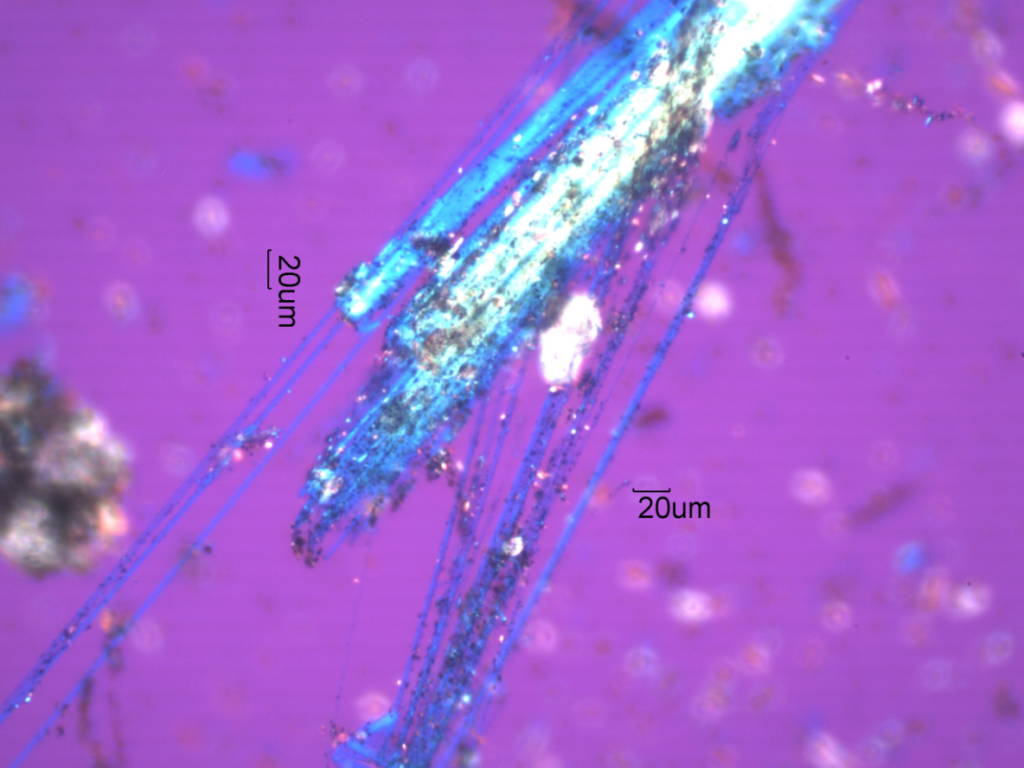Understanding the Different Types of Asbestos and Their Risks
Asbestos is not a single material but a group of naturally occurring minerals that were once widely used in construction and other industries. Understanding the different types of asbestos and their associated risks is crucial for anyone involved in property maintenance, renovation, or demolition. In this post, we will explore the various types of asbestos, where they might be found, and the specific risks they pose to health and safety.
What is Asbestos?
Asbestos refers to a group of six naturally occurring fibrous minerals. These minerals are known for their strength, heat resistance, and insulating properties. Asbestos was commonly used in building materials, automotive parts, and even household items before its dangers were fully recognised.
The Six Types of Asbestos:
1. Chrysotile (White Asbestos):
Chrysotile is the most common form of asbestos, making up about 90% of the asbestos used in buildings. It was used in roofing, ceilings, walls, and floors of homes and businesses. Despite being the most widely used, it is still highly dangerous when its fibres become airborne.
2. Amosite (Brown Asbestos):
Found mainly in cement sheets and pipe insulation, amosite asbestos has particularly strong and durable fibres. It is often found in older insulation products, tiles, and fire protection materials. Amosite is considered highly hazardous due to its needle-like fibres.
3. Crocidolite (Blue Asbestos):
Crocidolite is considered the most dangerous type of asbestos due to its thin fibres, which are easily inhaled. It was used in high-temperature insulation products, cement, and spray-on coatings. The health risks associated with crocidolite exposure are severe, including an increased risk of mesothelioma and lung cancer.
4. Tremolite:
Although not used commercially on its own, tremolite can be found as a contaminant in chrysotile asbestos, vermiculite, and talc. It is often found in insulation products and certain types of paints. Tremolite’s sharp, needle-like fibres pose significant health risks when disturbed.
5. Anthophyllite:
Like tremolite, anthophyllite was not widely used commercially but can be found as a contaminant in other products, such as insulation and talc. Its fibres range in color from brown to yellow and can cause serious health issues if inhaled.
6. Actinolite:
Actinolite is another type of asbestos that wasn’t used commercially but can be found in products contaminated with other forms of asbestos. Its fibres are similar to those of other amphibole asbestos minerals, making it just as dangerous when disturbed.
Where These Types of Asbestos Are Commonly Found:
Understanding where asbestos might be found in buildings is crucial for safety. Here are some common places you might encounter these different types of asbestos:
• Chrysotile: Roofs, ceilings, walls, and floors of homes and businesses.
• Amosite: Cement sheets, insulation, tiles, and fireproofing products.
• Crocidolite: Insulation, cement products, and spray-on coatings.
• Tremolite, Anthophyllite, and Actinolite: As contaminants in other asbestos products, insulation, and some household items like talcum powder.
Health Risks of Asbestos Exposure:
All forms of asbestos are hazardous and can cause serious health problems. The risks are primarily related to the inhalation of asbestos fibres, which can lead to conditions such as:
• Asbestosis: A chronic lung condition caused by inhaling asbestos fibres.
• Lung Cancer: Asbestos exposure significantly increases the risk of lung cancer.
• Mesothelioma: A rare and aggressive cancer that affects the lining of the lungs, abdomen, or heart, almost exclusively caused by asbestos exposure.
• Pleural Plaques: Thickened patches on the lining of the lungs or diaphragm, which are a marker of asbestos exposure.
Why Understanding Asbestos Types Matters:
Knowing the type of asbestos present in a building can influence the approach to its management and removal. Some types, like crocidolite, pose higher immediate risks and may require more stringent controls during removal. By identifying the type of asbestos, professionals can ensure the correct procedures are followed to minimise exposure and protect health.
Final Thoughts:
Asbestos remains a serious health hazard despite being banned in many countries, including the UK. Understanding the different types of asbestos and the specific risks associated with each is crucial for anyone involved in property management or renovation. At Hampshire Environmental Services, we are experts in identifying and safely managing asbestos in all its forms. If you suspect asbestos in your property, contact us for a professional survey and ensure the safety of your environment.
Concerned about asbestos in your building? Reach out to Hampshire Environmental Services today for expert advice and professional asbestos management services. Visit our website or call us to schedule a survey.
H.E.S Can Help
If you’re planning a project and have any demolition, asbestos surveying, or asbestos removal requirements, H.E.S can help. Don’t hesitate to contact our award winning team on 02380 011761 or email enquiries@hesgroup.org.uk. Your safety is our priority.


